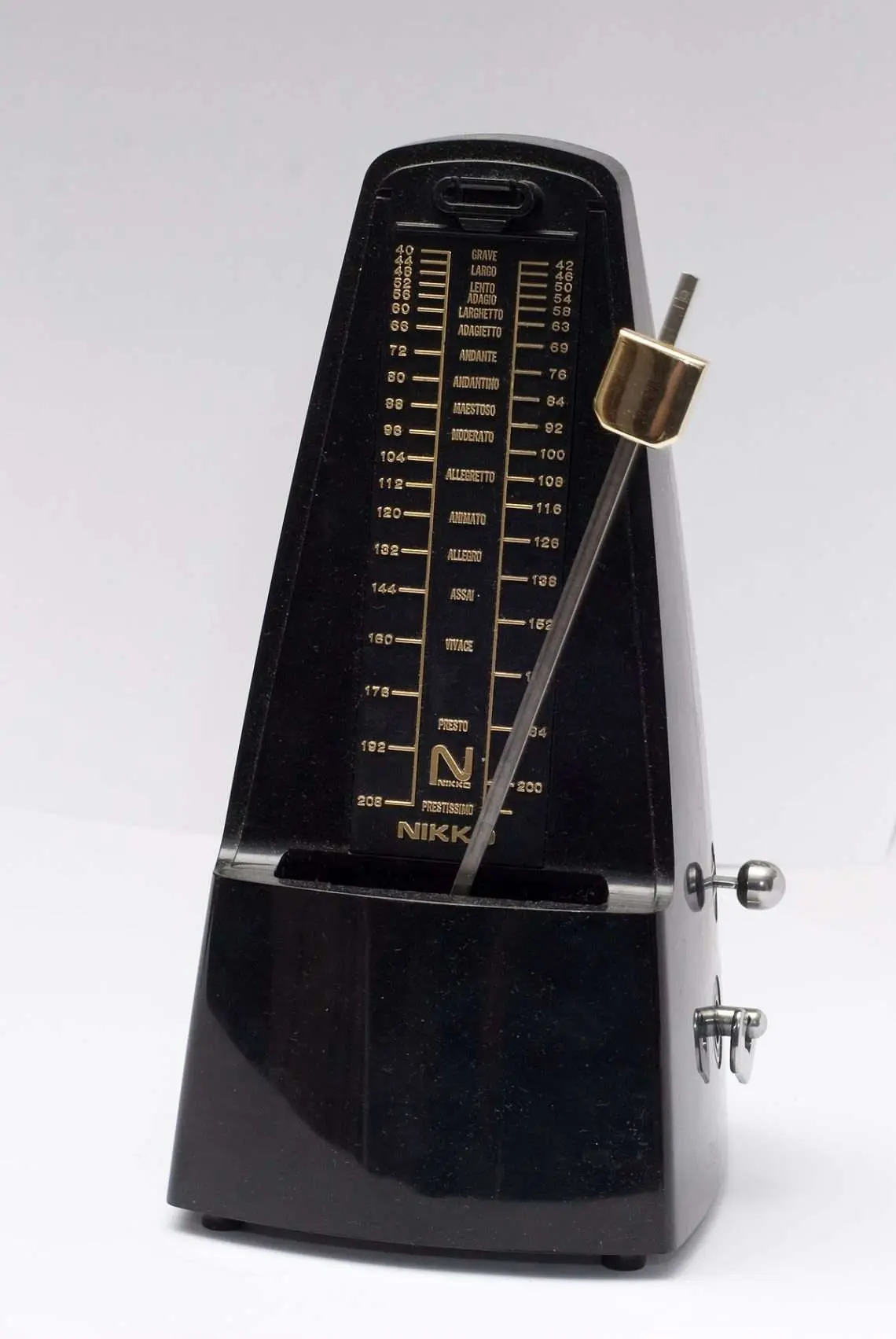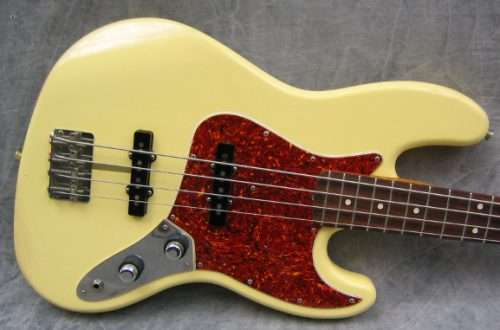
What functions should a metronome have?
See Metronomes and tuners in Muzyczny.pl
The metronome is a device designed to develop the musician’s ability to keep pace evenly. We divide metronomes into mechanical hand-windings and electronic ones powered by a battery. As for the traditional – mechanical ones, their functions are quite limited and are practically limited to the possibility of regulating the pace at which the pendulum swings and when it passes through the center it makes a characteristic sound in the form of a knock. Electronic metronomes, in addition to the basic function of speed control, can be much more complex and have many more additional functions.
Traditional metronomes typically have a pendulum swing per minute of 40 to 208 BPM. In electronics, this scale is much more extended and can range from overly fragrant, e.g. 10 BPM to very fast 310 BPM. For each producer, this scale of possibilities may be slightly different, but the first basic element shows what the advantage of electronic over mechanical metronome is. That is why we will focus mainly on the functions of electronic and digital metronome, because it is in them that we will find the most amenities.
The first such feature that distinguishes our digital metronome from the traditional one is that we can change the sound of the pulse in it. This can be a typical tap that mimics the pulse of a traditional pendulum metronome, or virtually any sound available. In electronic metronome, the work of the metronome is most often presented in a graphic form, where the display shows where we are at what part of a given measure. By default, we usually choose from the 9 most frequently used time signatures. In digital telephone applications, for example, the time signature can be configured in any way.
We can also mark the setting of the beating of accents, where and on which part of the bar this pulse should be accentuated. We can set one, two or more such accents in a given bar, depending on the need, as well as mute a given group completely and it will not be heard at the moment. We said at the very beginning that the metronome is primarily used to practice the musician’s ability to keep the pace evenly, but also in the digital metronome we will find a function that will help you practice steadily increasing the pace, i.e. successive acceleration from slow to very fast pace. This exercise is of great use especially for drummers, who often perform a tremolo on the snare drum, starting with a medium tempo, developing it and increasing its speed to a very fast tempo. Of course, this function also works the other way around and we can set the metronome in such a way that it will slow down evenly. We can also set the main pulse, e.g. quarter note, and additionally, in a given group, set eighth notes, sixteenths or other values in a given group, which will be tapped with a different sound. Of course, any electronic metronome will come with a headphone output as standard. Some instruments are very loud and can jam the metronome pulse, so headphones are very helpful. Metronomes can also be such a mini percussion machine because some of them have built-in rhythms that characterize a given musical style. Some of the metronome are also tuners used to tune musical instruments. They usually have several modes of such tuning, including regular, flat, double-flat and chromatic scale, and the tuning range is usually from C1 (32.70 Hz) to C8 (4186.01Hz).
Regardless of which metronome we choose, be it mechanical, electronic or digital, it is really worth using. Each of them will help you develop the ability to keep pace. You get used to practicing with the metronome, and you will benefit from using it in the future. When choosing a metronome, let’s try to match it with its functionality to your needs. While playing the piano, a reed is definitely unnecessary, but it will definitely be useful for a guitarist.





